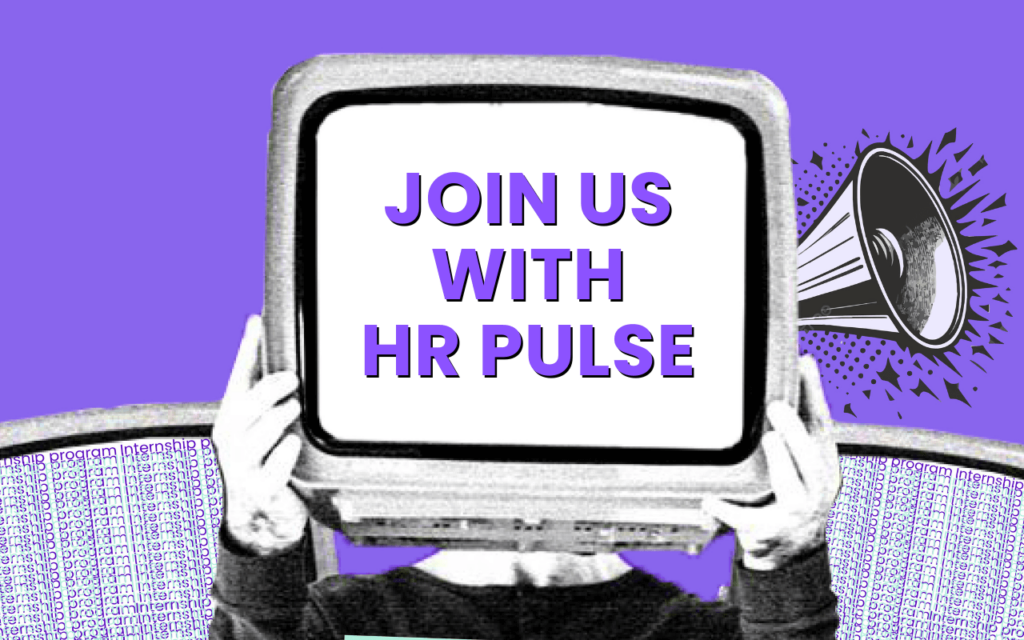A stay interview is a structured one-on-one conversation between a manager and an active employee to understand why they choose to stay with the company and what improvements could increase their engagement. Unlike an exit interview, which happens after an employee resigns, a stay interview is proactive, helping organizations address issues before turnover occurs.
Why Stay Interviews Matter
Stay interviews are an effective employee retention strategy because they:
- Build trust and open communication between employees and managers.
- Identify factors that motivate employees to stay.
- Surface challenges or frustrations before they escalate.
- Provide insights into workplace culture and team dynamics.
- Strengthen employee engagement by showing their opinions are valued.
Benefits of Stay Interviews
- Higher retention rates → Reduces costly turnover.
- Stronger employee-manager relationships → Builds trust and loyalty.
- More personalized motivation → Enables managers to tailor recognition, support, and career opportunities.
- Deeper insights → Offers richer feedback than anonymous surveys.
Challenges of Stay Interviews
- Uncovering difficult truths (e.g., poor management, lack of career growth).
- Risk of losing credibility if feedback isn’t acted upon.
- Handling sensitive topics like compensation or promotions.
When to Conduct Stay Interviews
- First 3–6 months → Helps retain new hires during the highest-risk period for turnover.
- Annually → Ensures long-term engagement and alignment.
- As needed → If signs of disengagement or low morale appear.
How to Conduct an Effective Stay Interview
- Prepare employees → Share purpose and expectations in advance.
- Create a safe environment → Build trust and ensure confidentiality.
- Ask open-ended questions → Focus on motivations, satisfaction, and challenges.
- Listen actively → Encourage honest feedback without judgment.
- Take action → Implement realistic changes and communicate follow-up steps.
Sample Stay Interview Questions
- What do you enjoy most about working here?
- What would make your role more fulfilling?
- How can we better support your professional growth?
- Do you feel your contributions are recognized and valued?
- Have you recently thought about leaving? If yes, why?
Best Practices
- Keep interviews 30–45 minutes.
- Avoid mixing with performance reviews.
- Show appreciation during and after the conversation.
- Conduct multiple interviews within the same timeframe for consistent insights.
- Always follow up with visible actions to build credibility.
Key Takeaway: A stay interview is a proactive retention tool that helps organizations reduce turnover, improve culture, and strengthen employee engagement by addressing issues before they lead to resignations.







